What are category pages?
If you sell anything on your site, you likely have category pages. Category pages contain products or collections of products and are an important type of page to include in your site's architecture.
There are two types of category pages:
- Product list pages (PLP's); contain lists of products categorized by similar attributes
- Category list pages (CLPs); contain curated groups of products categorized by similar attributes
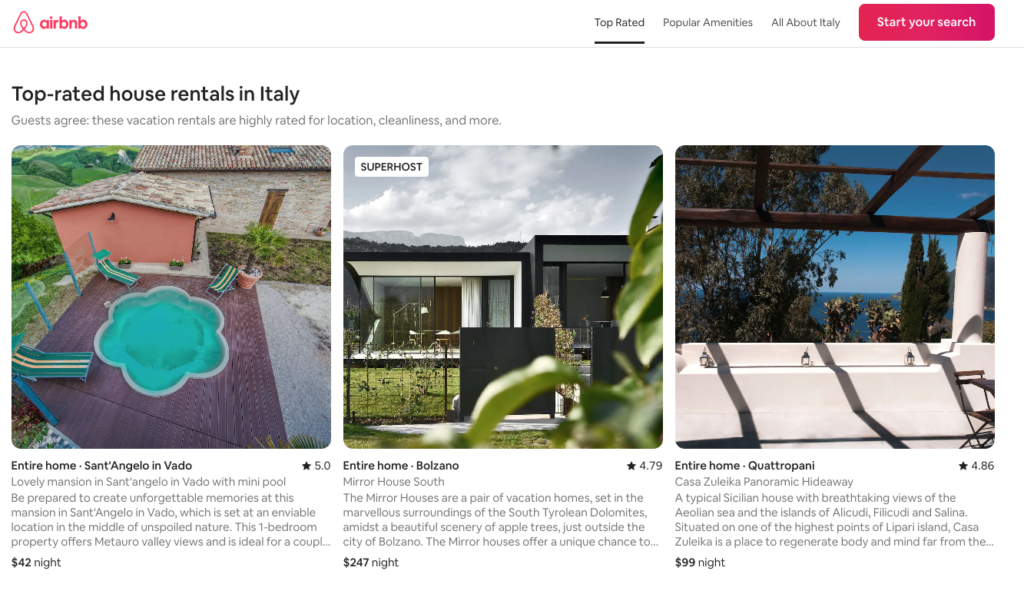
A PLP for Italy on Airbnb.
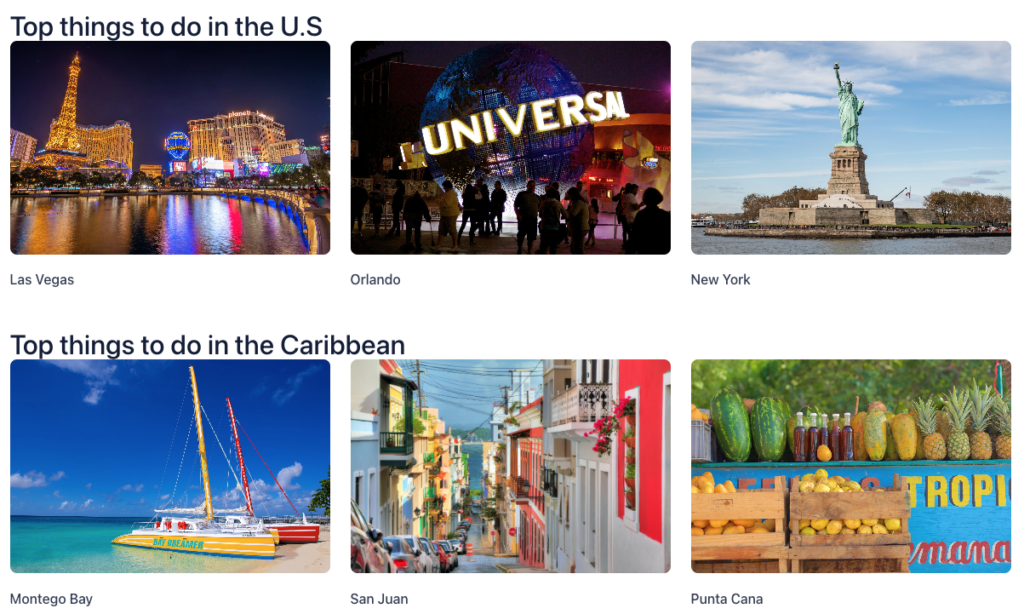
An Activity CLP on Expedia.
Why are category pages important for SEO?
Category pages serve multiple purposes when it comes to SEO. But since SEO is all about providing valuable, well-organized content for your customers, everything starts with user experience.
Category pages tend to rank highly for core keywords and search queries, also known as "fat head" terms. These are usually higher volume keywords where the user's intent sits at the top of the sales funnel. For example, the Airbnb page for Italy above ranks for terms such as "houses in italy" with 3,700 monthly searches.
Category pages also help users, and search engines, in understanding your site's content and information hierarchy. A confusing category page architecture and/or design could make it harder for users to find the product they're looking for, and also harm your rankings in search.
Finally, category pages help to distribute page rank as well as traffic to other sub category pages on your site. For example, if you're selling trips to Italy, you'll have a PLP for Italy, but then perhaps another sub category page for Northern Italy. Via sound internal linking practices, the main Italy page will pass page rank and traffic to the Northern Italy page. More on internal linking below.
What elements should a well-structured category page contain?
Creating well-optimized category pages are both an art and a science. Below, we'll go into more detail on relatively simple actions you can take to optimize your category pages.
But as a precursor, here are the main elements your category pages should contain:
- H1 using keywords: the top term you are trying to rank for should appear in your heading
- Intro copy: brief copy describing what the page is about. More on adding copy below.
- List of products or collections, likely using pagination
- Navigation for users to filter list using product attributes
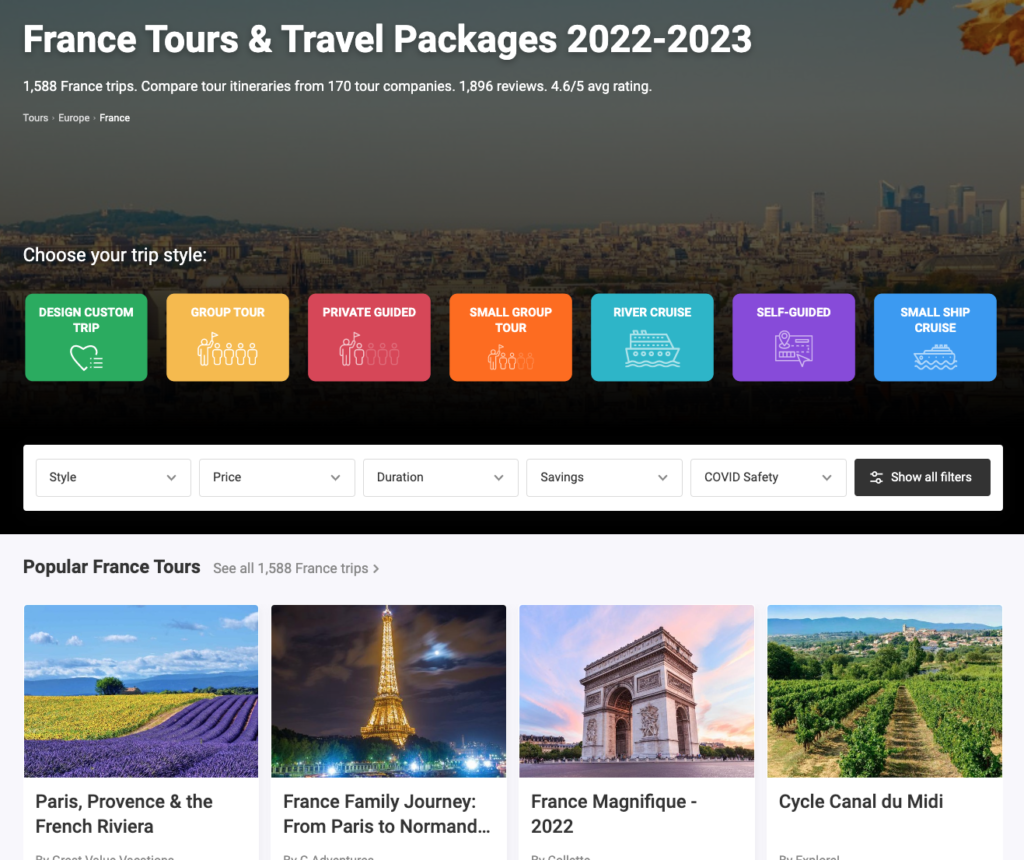
France Tours category page on Travelstride.
Five (relatively) easy actions you can take to optimize your category pages for SEO
- Add helpful copy (but not too much): it used to be best practice for brands to add as much content on a given topic to their category pages, mostly for SEO purposes. But according to an interview with Google SEO wonk John Mueller, this could actually harm your rankings. Current best practice is to include a short blurb at the top of the page, answering key questions that customers might have, followed by a brief content block below the product list. This is a great place to drop an FAQ section.
"Our algorithms sometimes get confused when they have a list of products on top and essentially a giant article on the bottom when our algorithms have to figure out the intent of this page."
John Mueller, Search Advocate, Google
- Use breadcrumbs: no, we're not making chicken cutlets here! Breadcrumbs are little snippets of navigational text that help to inform users and search engines as to the information architecture (IA) of your site. Basically, breadcrumbs tell users where they are on your site and how to navigate back to higher level categories or content. As far as placement of breadcrumbs, although most commonly found at the top of a page, exact positioning does not matter when it comes to SEO. It's purely a UX design decision.
Here's how Hotels.com uses breadcrumbs to aid navigation:

- Integrate user reviews: Simply adding in authentic customer reviews to a category page can do wonders for SEO. Why? Because even after 20+ years of e-commerce sites like Amazon, user generated content from customers is deemed valuable and useful by Google. Of course, reviews also help increase conversion rates and ultimately revenue. According to data from Bazaarvoice, every 10 new reviews equates to a 5% lift in sales.
- Some customer review platforms for consideration include Trustpilot, Feefo, and Yotpo. Most of these companies make it easy to get started by simply uploading existing customer reviews or sending out invitations to past or current customers, asking for a review. From there, simply choose an 'SEO widget' from the library and select which category pages to display your reviews on.

Review widget as seen on Explore Worldwide's Italy category page.
- Internally link categories: Internal linking is vital to any e-commerce marketing strategy. It allows a brand to create relationships between categories. For example, if you're looking at a page for 'things to do in Las Vegas' there's likely to be a link to 'things to do in Nevada.' This is because Nevada is the parent of Las Vegas, and a relational database has been created to automatically link these categories. Even if you don't have a system set up for programmatic linking, make sure you manually audit your internal links regularly to prevent orphan categories (those without any links in or out).
- Use an optimal URL structure: talk to any technical SEO and they will tell you that the best URL structure is the one you don't need to change. As any company or site scales, the day will come when you need to add new CLPs and PLPs. The trick is to set up your URL taxonomy correctly from the start. Keep your URLs as short and flat as possible. For example, this https://brand.com/destinations/europe is better than https://brand.com/trips/destinations/europe and allows for easy addition of child categories, countries, in this instance.
Wrapping it up
Optimizing your category pages for SEO is an ongoing opportunity. Above all else, remember that these pages are the gateway into your site for many of your customers. Because they act as landing pages, it's important to spend some time and effort in getting the architecture, content, and design just right to ensure a smooth user journey and to improve rankings in search.
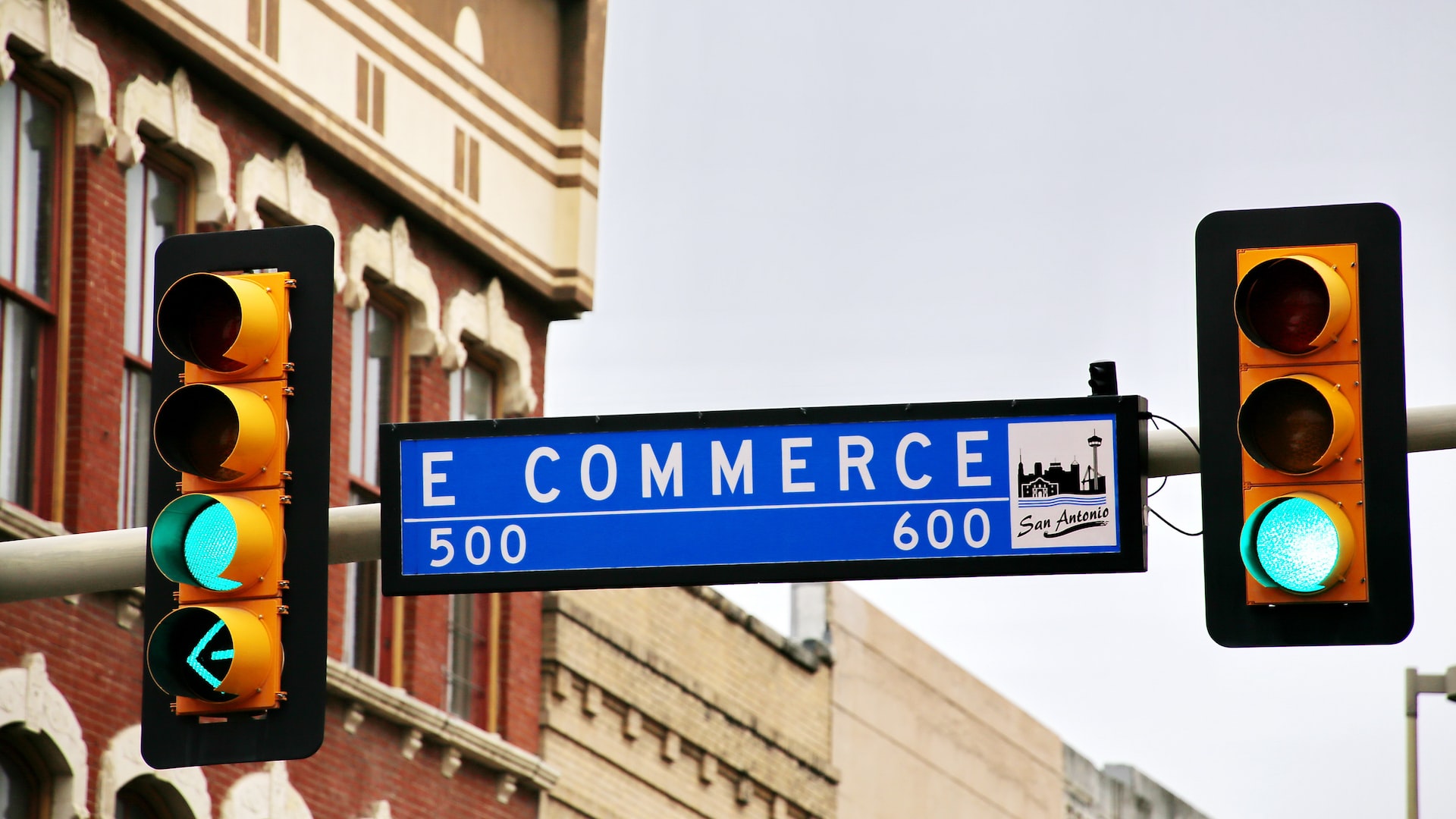

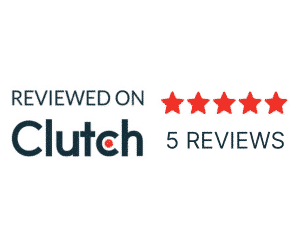
No comments.